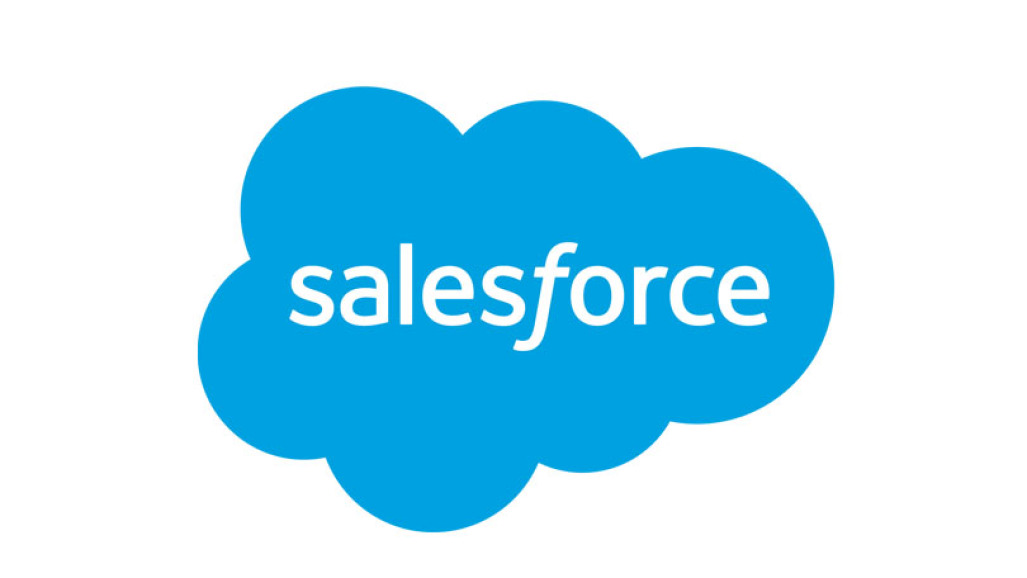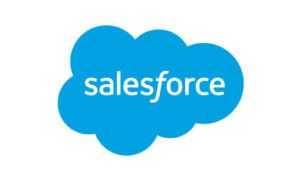Aggregate queries in the Salesforce Object Query Language (SOQL) are used to retrieve and summarise data from records in a way that provides aggregated or calculated results. Instead of returning individual records, aggregate queries return a single value based on specified criteria, such as count, sum, average, maximum value, and minimum value.
Understanding the Basics of SOQL Aggregate Queries
Aggregate queries are especially useful when you need to analyze and present data in a summarised format, such as when creating reports, dashboards, or visualizations. Here are some common aggregate functions you can use in aggregate queries in Salesforce SOQL:
- COUNT(): This function returns the count of records that meet the specified criteria.
- SUM(): Returns the sum of the values of a numeric field.
- AVG(): Calculates the average of numeric field values.
- MIN(): Returns the minimum value of a numeric field.
- MAX(): Gets the maximum value of a numeric field.
The Hack: Leveraging GROUP BY for Deeper Insights using soql aggregate queries
The hack that can elevate your SOQL Aggregate Queries game is the strategic use of the GROUP BY clause. This clause transforms your query from a simple data retrieval tool into a powerful analytics engine.
Here is an example of how you can use an aggregate query in Salesforce SOQL to get the total number of opportunities and the maximum amount for each account:
SELECT AccountId, COUNT(Id) TotalOpportunities, MAX(Amount) MaxAmount
FROM Opportunity
GROUP BY AccountId
In this Query :
'SELECT AccountId‘ specifies the field you want to group the results by.'COUNT(Id)‘ calculates the total number of opportunities for each account.'MAX(Amount)‘ calculates the maximum amount among the opportunities for each account.'FROM Opportunity‘ indicates the object you’re querying.'GROUP BY AccountId‘ groups the results based on the AccountId field.
The composite query can also include filters and other clauses to limit the data you’re analyzing. Keep in mind that aggregate queries cannot be used with other non-aggregated fields in the SELECT clause unless they are included in the GROUP BY clause.
Using Soql aggregate queries allows you to efficiently retrieve aggregated data and gain insights from your Salesforce records, making it a powerful tool for reporting and analysis within the platform.
Few more examples for reference :
- Count the Number of Contacts per Account: This query counts the number of contacts associated with each account.
SELECT AccountId, COUNT(Id) NumberOfContacts
FROM Contact
GROUP BY AccountId
- Calculate Average Opportunity Amount per Stage: This query calculates the average opportunity amount for each stage.
SELECT StageName, AVG(Amount) AverageAmount
FROM Opportunity
GROUP BY StageName
- Calculate Total Revenue per Account Type: If you have a custom object “Account” with a field “Account_Type__c” and a related custom object “Deal” with an “Amount__c” field, this query calculates the total revenue for each account type.
SELECT Account__r.Account_Type__c, SUM(Amount__c) TotalRevenue
FROM Deal__c
GROUP BY Account__r.Account_Type__c
- Find Maximum Order Quantity per Product Category: Assume you have a custom object “Product” with a field “Product_Category__c” and a related custom object “Order_Item” with “Quantity__c”. This query retrieves the maximum order quantity for each product category.
SELECT Product__r.Product_Category__c, MAX(Quantity__c) MaxQuantity
FROM Order_Item__c
GROUP BY Product__r.Product_Category__c
Conclusion: Elevate Your Data Analysis Game
Mastering the art of SOQL Aggregate Queries with the strategic use of GROUP BY can turn you into a Salesforce data wizard. It’s a game-changer for developers seeking not just data but meaningful insights that drive informed decision-making.
So, the next time you’re faced with the challenge of extracting valuable analytics from your Salesforce data, remember this hack. By grouping and aggregating your data, you’re not just querying – you’re uncovering actionable intelligence that can propel your organization forward.
FAQs
- Can I use multiple fields in the GROUP BY clause?
- Yes, you can group by multiple fields to get more granular insights. For example:
GROUP BY StageName, Type.
- Yes, you can group by multiple fields to get more granular insights. For example:
- Are there any limitations to Aggregate Queries in SOQL?
- While powerful, Aggregate Queries have some limitations, such as a maximum of 2000 rows returned. Keep in mind the queries are optimized and always try to use ‘where’ clause.
- Can I use Aggregate Queries in Salesforce reports and dashboards?
- Yes, the results of Aggregate Queries can be visualized in reports and dashboards, enhancing data presentation.
- How can I ensure the performance of Aggregate Queries with large datasets?
- Utilize indexing, optimize your WHERE clause, and consider asynchronous processing for larger datasets to ensure optimal performance.
- Where can I find more resources to enhance my SOQL skills?
- Salesforce Trailhead offers excellent resources and modules to enhance your SOQL skills. Explore the platform’s official documentation for in-depth knowledge.
Learn about salesforce order of execution by clicking here







